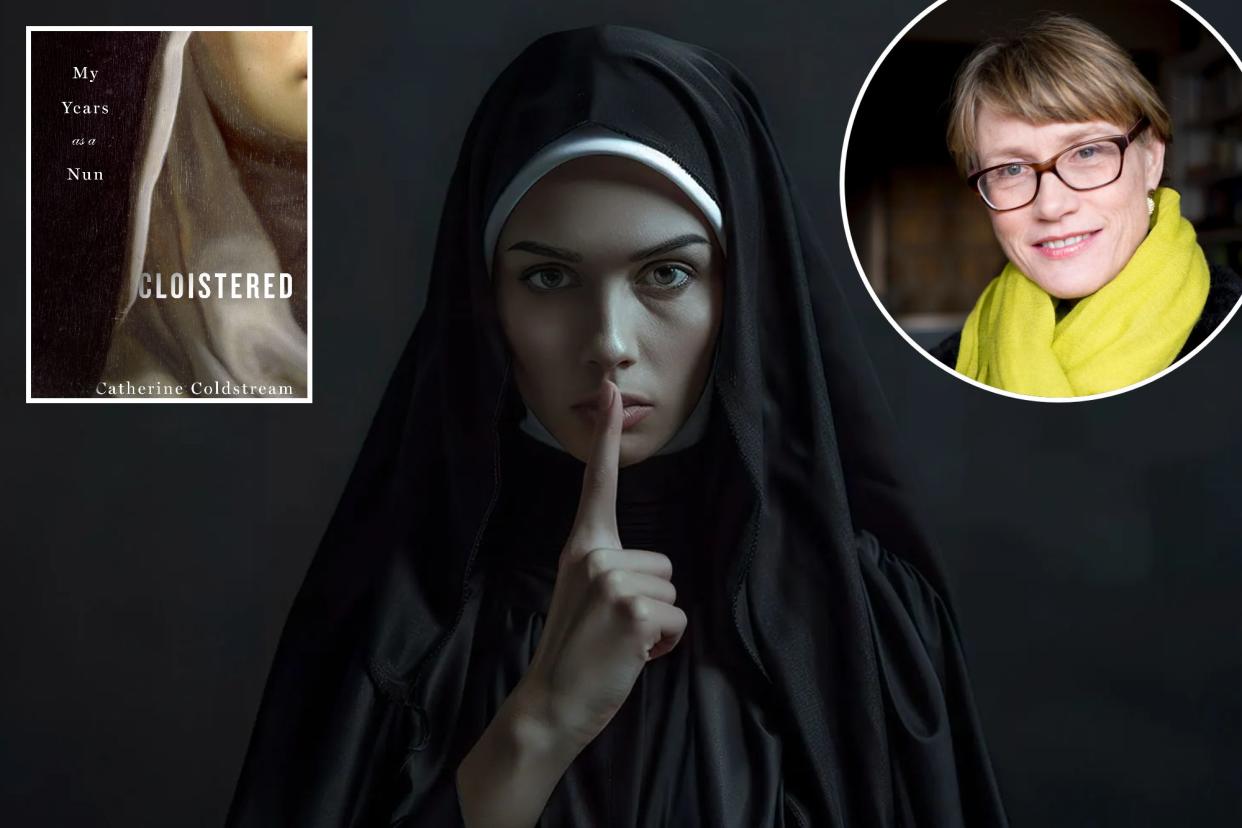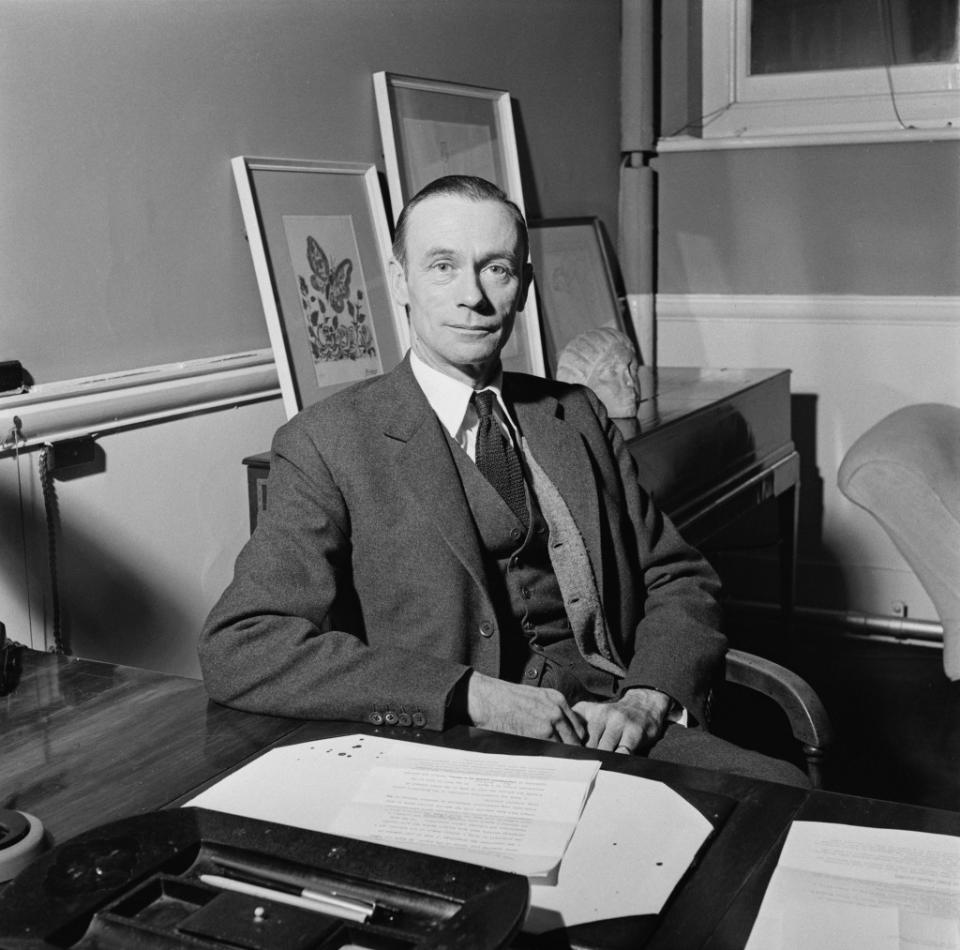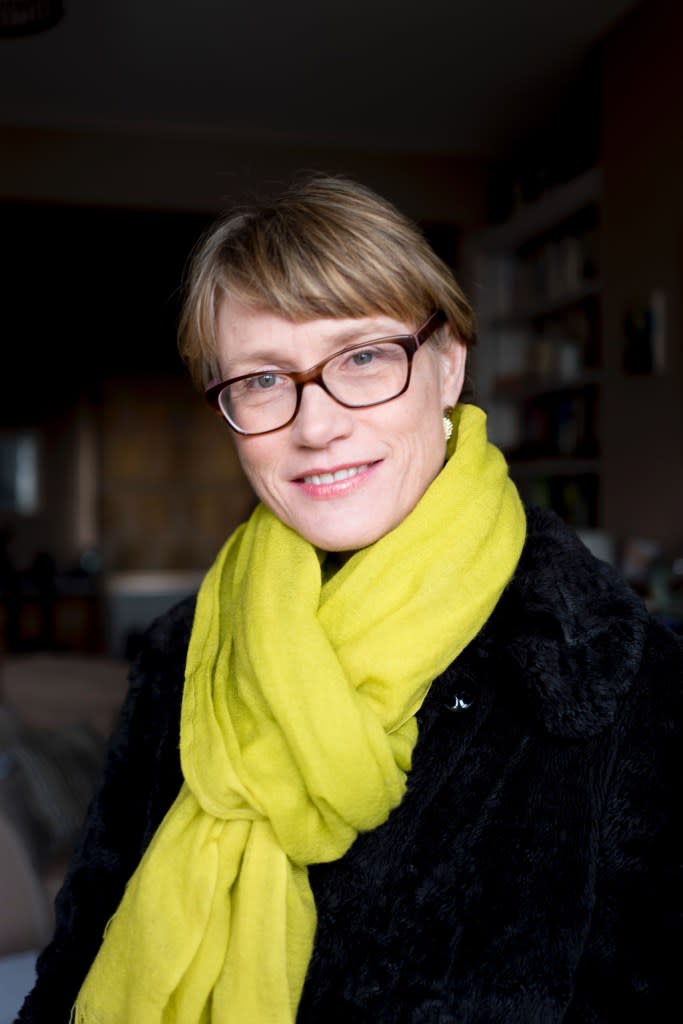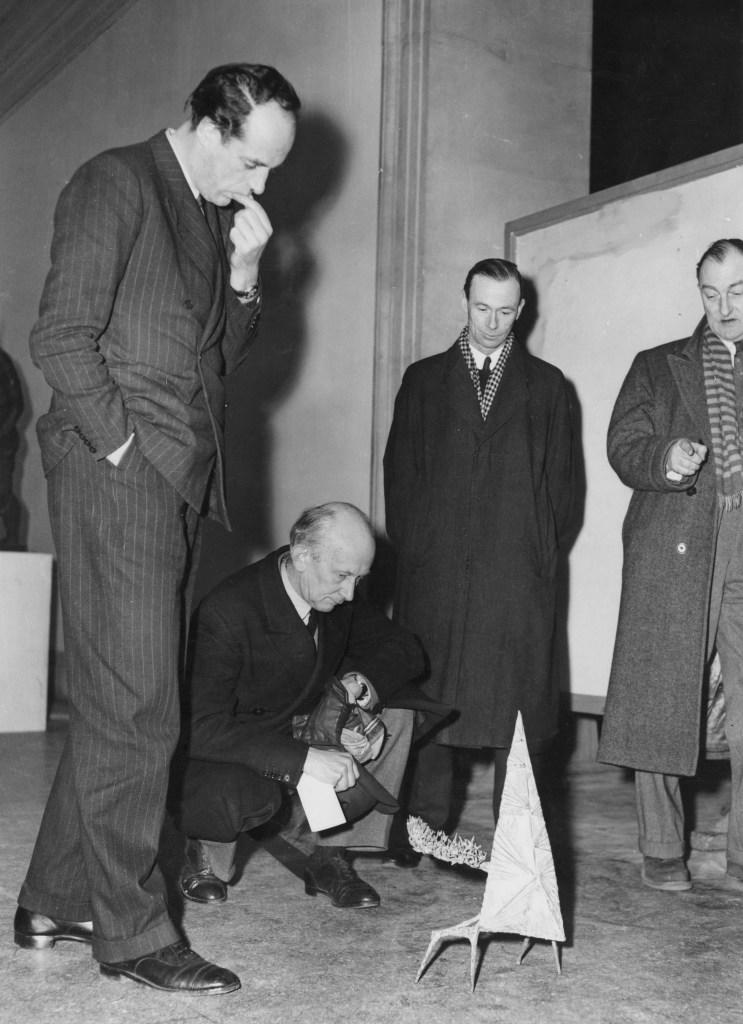Inside the world of a ‘silent’ nun

- Oops!Something went wrong.Please try again later.
- Oops!Something went wrong.Please try again later.
Catherine Coldstream spent 12 years as a nun in a traditional Carmelite monastery in Northumberland, England.
The Akenside Priory, as she writes in her new memoir, “Cloistered,” was contemplative, which meant that conversation was discouraged except for half an hour each day.
“Unlike the rest of the day when words were held back, or weighed extremely carefully, at recreation time we sat in a circle and made efforts to converse,” she writes.
But even then, the words were hardly free-flowing.
Certain phrases had to be learned, much like in Gilead, the fictitious setting of “The Handmaid’s Tale.”

“‘Of your charity’ was a way of saying ‘please,’ while ‘Deo gratias’ stood for ‘thank you.'”
Even though talk was permitted, the nuns were encouraged to keep topics as pious as possible and never “indulge” in chatter about oneself.
Instead, as Coldstream explains, “Every nun’s first instinct, if ever she felt stirred or upset… was to turn to God.”
Unsurprisingly, meals at the monastery were as spartan as the conversation.
Breakfast consisted of something called “Little Jug” — a “gulp of tea” and a slice of brown bread with a scraping of margarine.
Dinner was just as modest, she writes, “a few oddments of bread, soup, and cheese.”
And contact with the outside world was severely limited — the occasional appearance from a visiting priest or a doctor.
Despite such deprivations, the women were advised to never dwell on their emotions or private thoughts.
“The self, as you know, is the enemy and something you must get used to shunning,” shared a fellow sister named Ellen. “Self-love and self-reliance are the essence of the sinful state. Having spiritual ideas of your own might seem good to you, but . . . no one should stand out of the common herd.”

Coldstream, now 61, grew up in a bohemian household in London, the daughter of noted painter Sir William Coldstream, who was the head of the Slade School of Fine Art.
He was divorced with two children when he married Coldstream’s mother, Monica, who had been one of his sitting models.
She was far younger, and they quickly had three children in four years.
The marriage was deeply unhappy, with Monica, an actress and opera singer, often away and touring for months at a time.
William’s death when Catherine was 24 devastated her.
Yet as she writes, when visiting her father after he passed at a London hospital, she felt a classic religious experience and immediately became “a believer in the afterlife.”
Despite having lived in Paris, worked for a music publisher and fallen in love with men, Coldstream — still grieving for her beloved father – felt adrift and “with very little to hold me back, God and my inner search became my focus.”

Eventually, at age 27, she entered the priory hoping for an emotional respite — if not salvation.
But if Coldstream sought serenity and prayer, she sadly only experienced glimpses of it at Akenside.
Instead, she describes scenarios that seem almost lifted straight from “Mean Girls,” albeit with stark uniforms and strict codes of conduct.
Sister Elizabeth ruled the roost at Akenside with an iron fist and played favorites.
Coldstream, for instance, writes that the official deliverance of her vows was delayed for a year because Jennifer — who had entered the monastery at the same time — was not yet ready to deliver hers.
Accordingly — and bafflingly — both were held back.
A few years after Coldstream arrived at Akenside, Sister Elizabeth’s rule became overshadowed by another nun named Irene, and a full-blown battle erupted among the women.
Irene was even more stern than Elizabeth — going as far as to physically beat Coldstream amid the chaos of the conflict that overtook the monastery.
At the same time, Coldstream’s “twin” Jennifer began to display violent outbursts as a consequence of the stress and isolation many nuns endured.
“Poor Jen, now heavily medicated, was treated as an exception in everything and often exposed by her increasingly frequent and very public rages,” Coldstream writes.

Fed up with the abuse and uncertainty, Coldstream eventually ran away from the monastery — seeking refuge from strangers who delivered her to the safety of her sister’s home.
She did return to Akenside but left again after two years, this time permanently.
Eventually, Coldstream made her way to Oxford and later marriage – finally enjoying the simple pleasures of family and domesticity.
“I make marmalade and cook dal,” she writes. “I am active locally as a musician. I sing in choirs. I play in string quartets. I quite often go to church. But not too often.”
As for her former sisters, some later came out as gay while others entered into relationships with men.
Sadly, Jennifer never recovered from her mental illness and remains in the monastery, cloistered and looked after by fellow nuns.
Coldstream is content with the choices she’s made – both to enter Akenside and to leave it.
She has no regrets, but does concede she misses the monastery’s near-constant silence.
“What I still need to do, is to seek out times of extended solitude and silence,” she says. I still go on retreat to other monasteries — the power of the cloister has never faded.”

